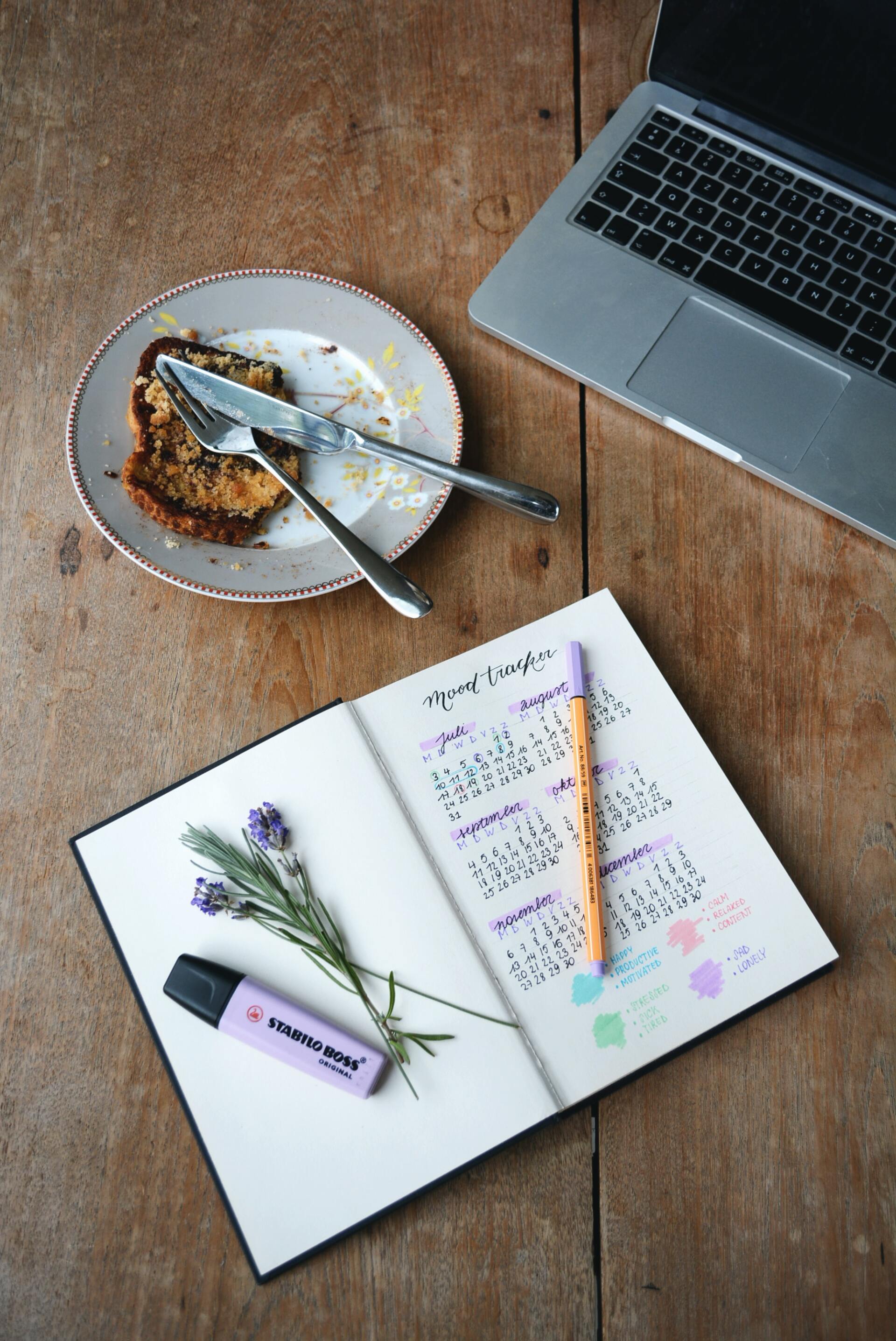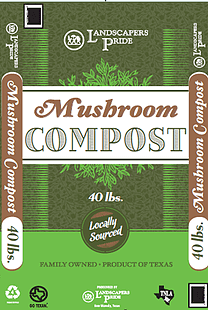Wow, what a week we have had, with this historical freeze! I wanted to share with you today some tips to guide you in your garden, as we recover from this last week of freezing temperatures. As you walk around the yard some plants may start to show signs of freeze damage. You will most likely see brown leaves, wilting or a burnt appearance. You may also see mushy, gooey leaves, on plants such as Agapanthus, Iris, Society Garlic, Amaryllis. I do recommend removing anything soggy and mushy, as this will encourage fungal growth. The following are some things you can do to help protect these damaged plants.
1. DO NOT PRUNE WOODY PLANTS: I know this is hard to resist, but if you would like to save this plant do not cut back dead or damaged leaves and branches as these branches and leaves are actually protecting the remainder of the plant from further damage. Another thing, pruning will promote tender new growth to appear which in the event of another freeze will surely cause more damage. Refrain from pruning until Spring– mid-March for tropical plants, or whenever chances of more freezes are over. At that point, trim damaged plants all the way down to where the branches are still green. After you finish pruning drench the beds with Holganix or Medina Liquid Humate to speed up microbial activity. Add a fertilizer such as Sweet Green (organic) or Woodmaster 21-7-11(not organic) both are high in nitrogen and will promote new growth.
2. ADD MULCH/COMPOST: This will be a great time to add compost and mulch to your beds to further insulate your plants’ roots and supply them with essential nutrients. Compost and mulch will also help with the microbiology of your soil keeping plants healthy and happy. We recommend Landscapers Pride hardwood or Pine-bark Mulch and Mushroom Compost installed about 2-3″ thick.
3. PROTECTION: A plant that has been damaged needs further protection in the event of another freeze. If it is at all possible to bring indoors do so. If it is not possible, wrap them in frost cloth, making sure the entire plant is covered and secured well at the base and no wind or cold air can enter through the bottom. I usually add landscape stone at the bottom to help secure it — anything heavy will work. Wrapping a plant well is vital. Other things I recommend doing is water your garden well before a hard freeze as saturated soils retain heat better than dry soil. Keep damaged plants well watered, remembering that in cooler weather plants do not require as much water. By the end of March beginning of April we will be able to see what has survived and what has not.
I hope that you all will find this post helpful, please let me know if you have any questions or comments.
Ciao Mardel






















